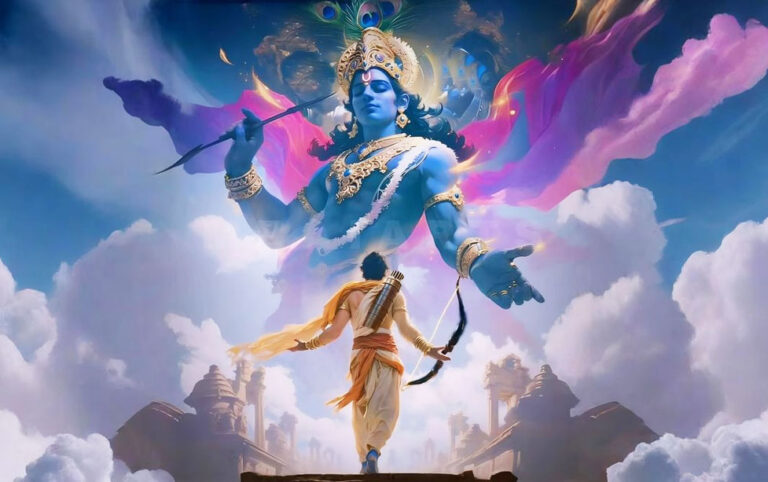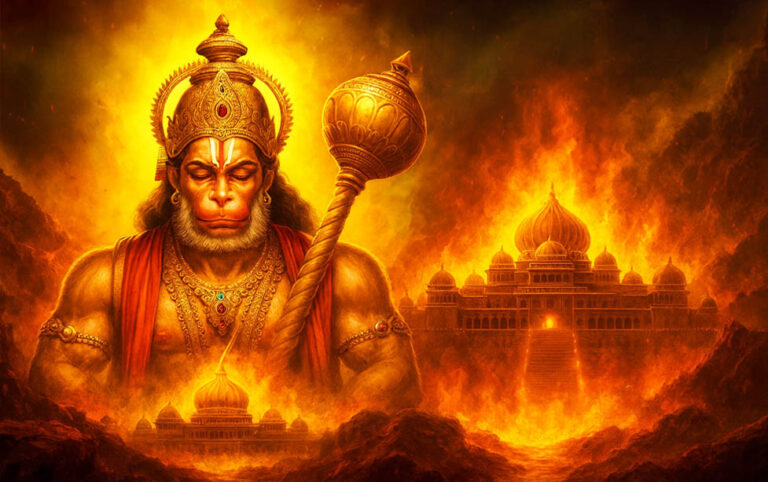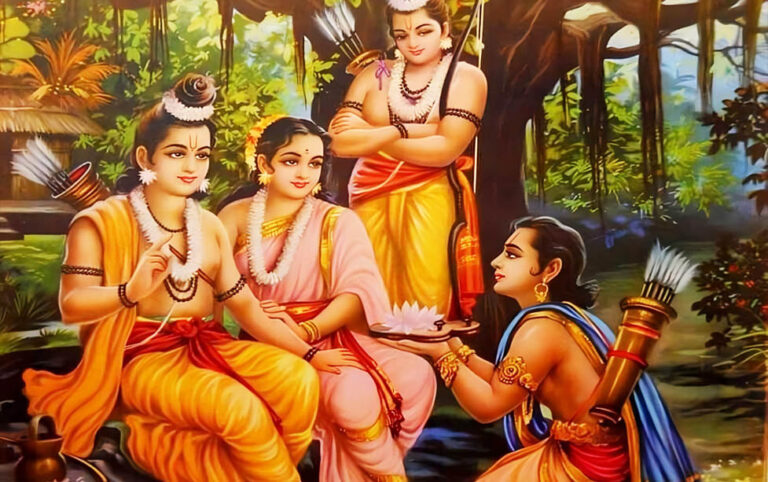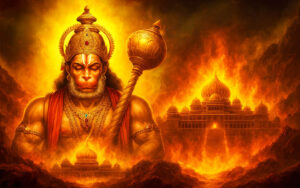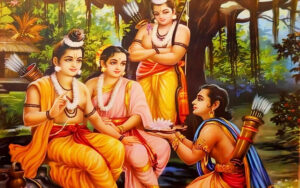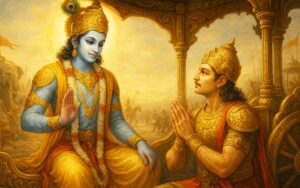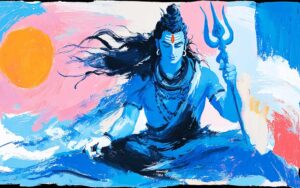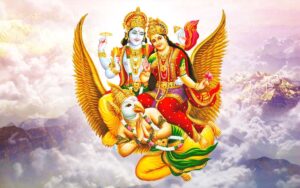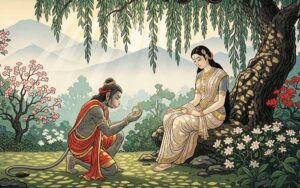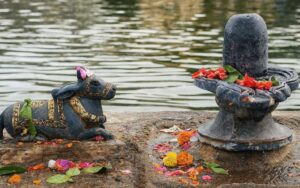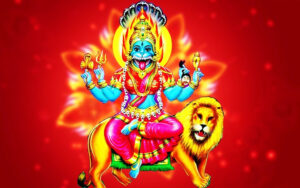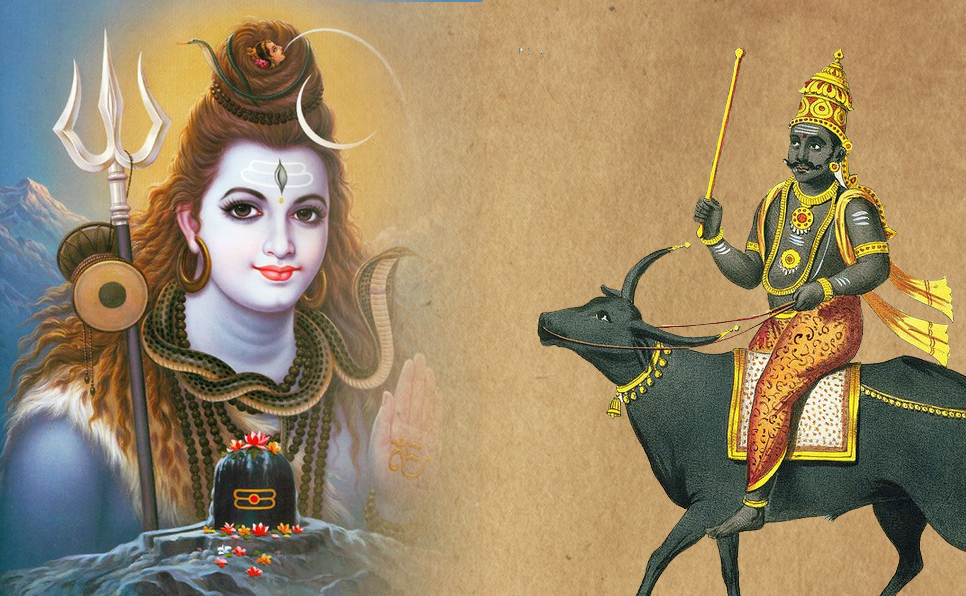

After the death of his beloved son, Yama, the Hindu deity of death and justice, turns to Lord Shiva to seek enlightenment and find a way to overcome his overwhelming grief. Through his journey, Yama learns valuable lessons about life, death, and the human experience.
Characters in the story:
Lord Shiva: Lord Shiva is a major deity in Hinduism, known as the destroyer of evil and the transformer of the universe. He is often depicted as a meditating ascetic or as the lord of dance, with a third eye, a serpent around his neck, and a trident in his hand.
![]()
Lord Yama: Lord Yama is the Hindu god of death and the ruler of the afterlife who judges the souls of the deceased and determines their fate in the next world.
![]()
Upamanyu: Upamanyu is the son of Yama, the god of death.

According to Hindu scriptures, Yama had a son named Upamanyu, who was devoted to Lord Shiva. Upamanyu spent most of his time praying and meditating, and he had a deep understanding of the scriptures.
One day, while Upamanyu was grazing his father’s cows, he was attacked by a serpent and died. Yama was devastated by the loss of his son and was unable to console himself. He realized that despite being the god of death, he had no knowledge of what happened after death. He decided to seek knowledge from Lord Shiva, who was known to be the god of knowledge and wisdom.
Yama went to Mount Kailash, the abode of Lord Shiva, and prayed for several days. Lord Shiva appeared before him and asked him the reason for his visit. Yama explained his grief and his desire to gain knowledge about the afterlife. Lord Shiva, seeing the pain of Yama, agreed to teach him about life and death.
Lord Shiva’s told Yama about the nature of life and death were profound and insightful. He explained that life and death are not separate but rather interconnected parts of the cycle of existence. He taught Yama that the soul is eternal and that it passes through different forms of existence, including birth and death.
Lord Shiva emphasized the importance of karma, which is the sum total of one’s actions and their consequences. He explained that every action has a reaction and that our actions determine our destiny. Lord Shiva taught Yama that one’s karma determines their place in the cycle of existence and that it is possible to break free from the cycle of birth and death through spiritual realization and the attainment of enlightenment.
Lord Shiva also spoke about the different realms of existence, including the physical world, the astral world, and the spiritual world. He explained that each realm has its own characteristics and that the soul can inhabit any of these realms depending on its karma and level of consciousness.
Finally, Lord Shiva emphasized the importance of devotion and spiritual practice in achieving spiritual realization and liberation from the cycle of birth and death. He taught Yama that the path of devotion and meditation is the most direct way to attain enlightenment and that it is accessible to all beings, regardless of their background or social status. Yama listened attentively and gained a deep understanding of the nature of existence. He realized that death was not something to be feared, but rather a natural part of the cycle of life. He returned to his realm, the underworld, with a newfound sense of peace and understanding.
From that day on, Yama was known not only as the god of death, but also as the god of dharma and righteousness. He used the knowledge he gained from Lord Shiva to guide souls on their journey through the afterlife, ensuring that they were treated justly and fairly.
The story of Yama’s son and his quest for knowledge teaches us the importance of seeking knowledge and understanding, even in times of grief and sorrow. It reminds us that death is a natural part of life and that we should not fear it but rather embrace it as a traansition to a new phase of existence.







